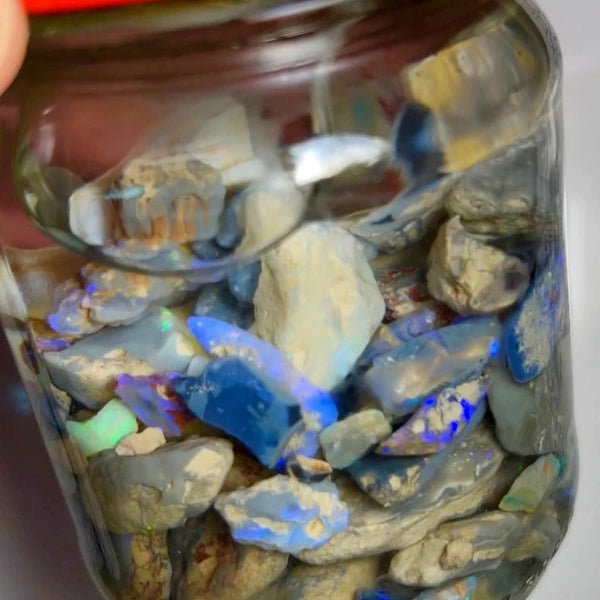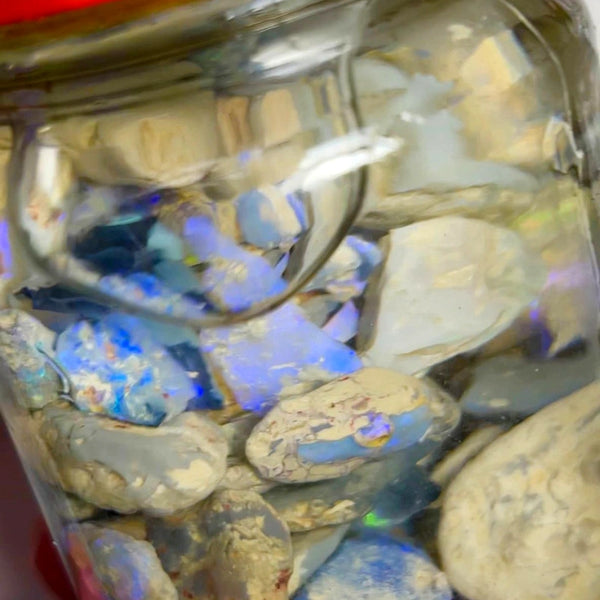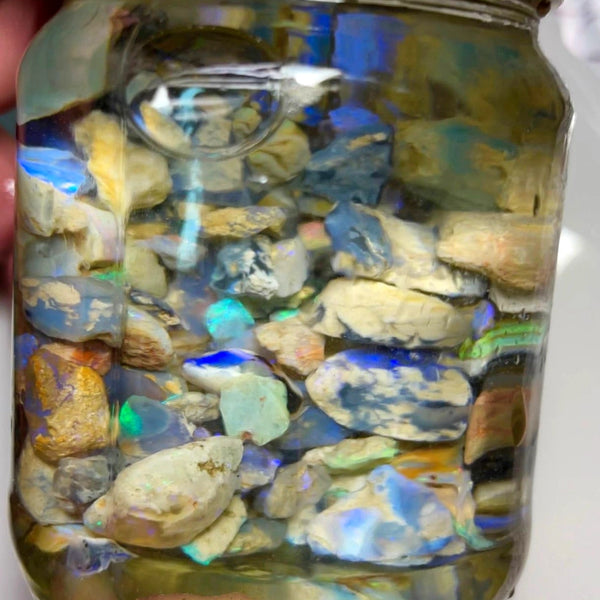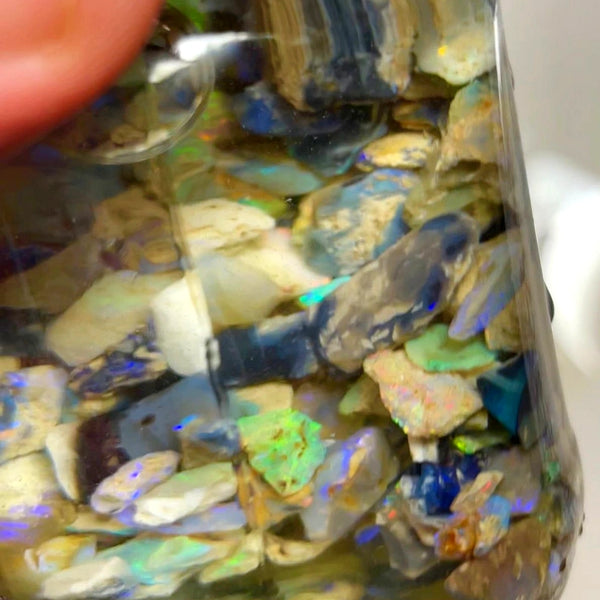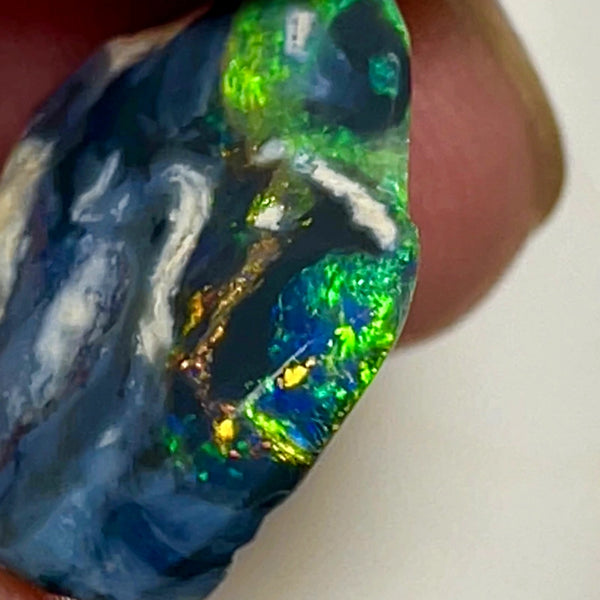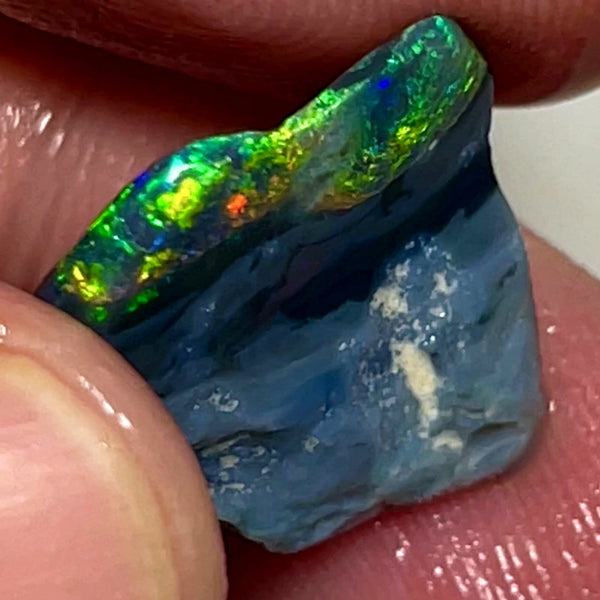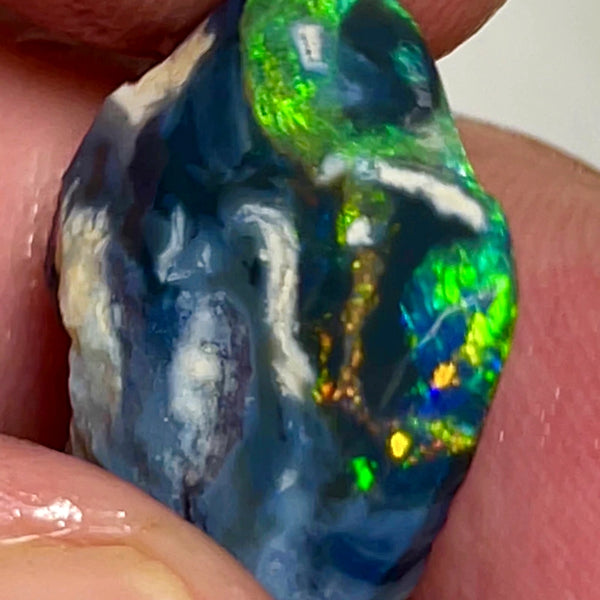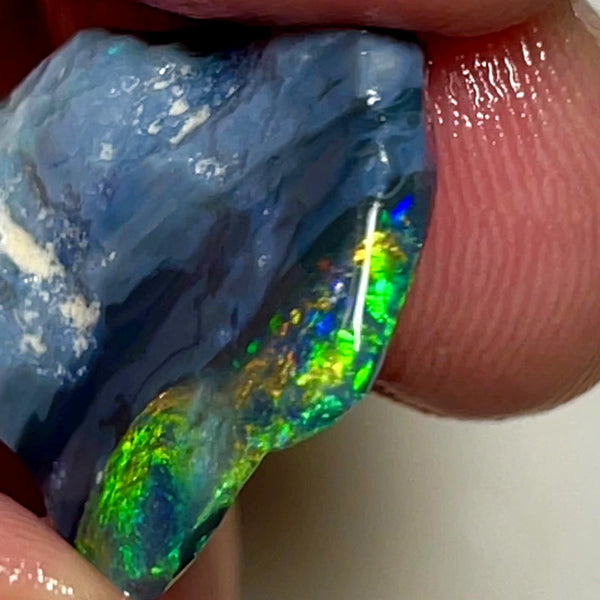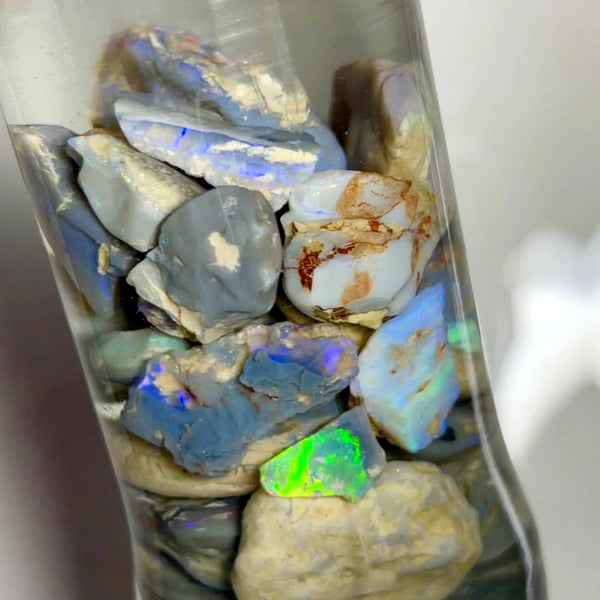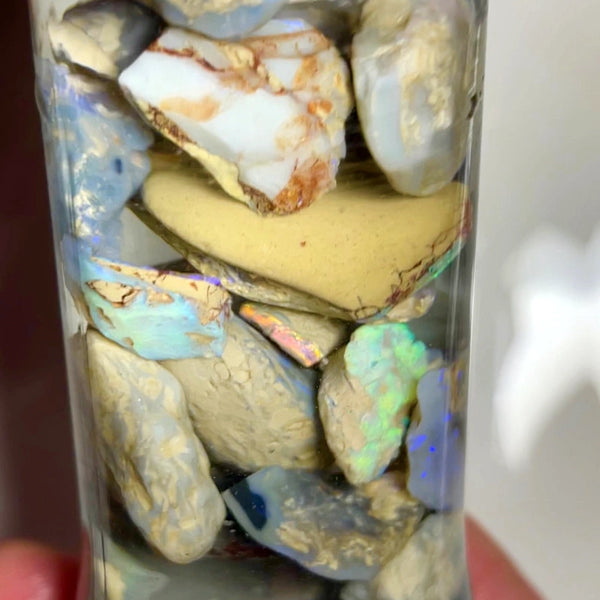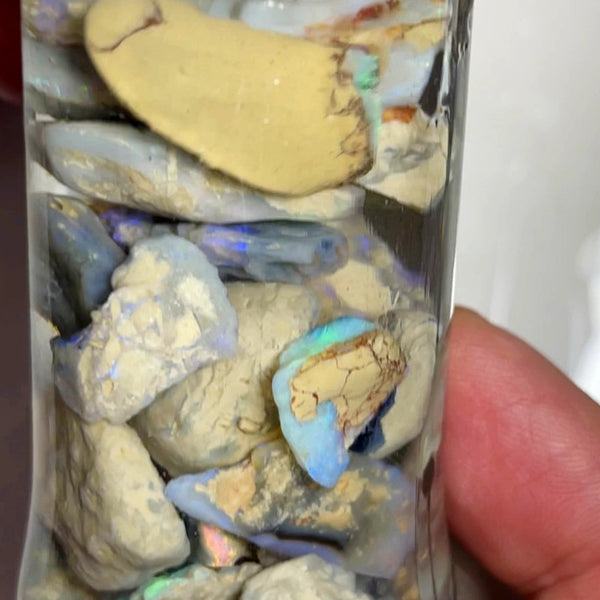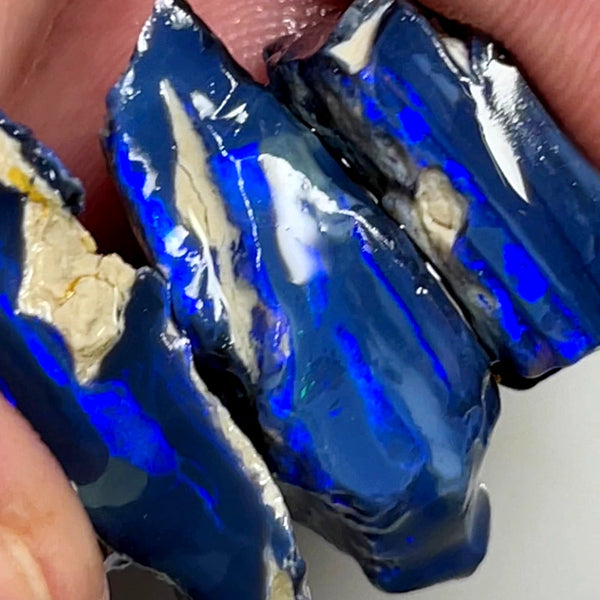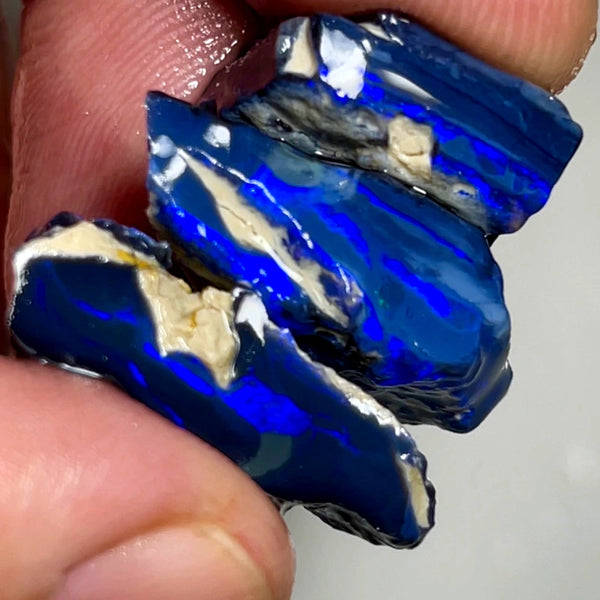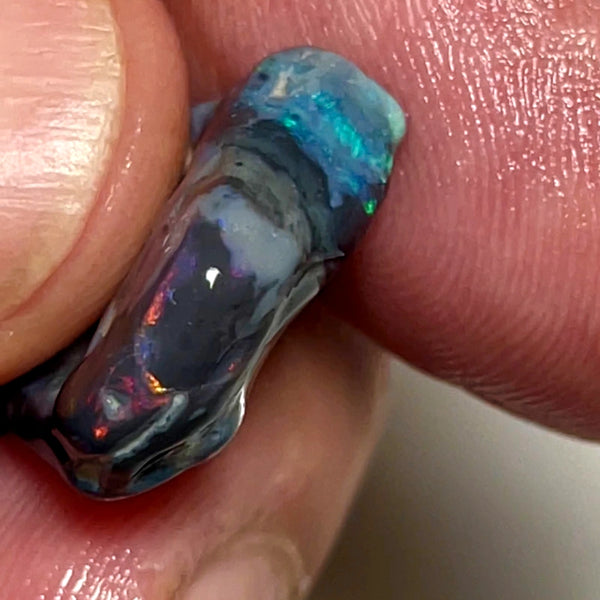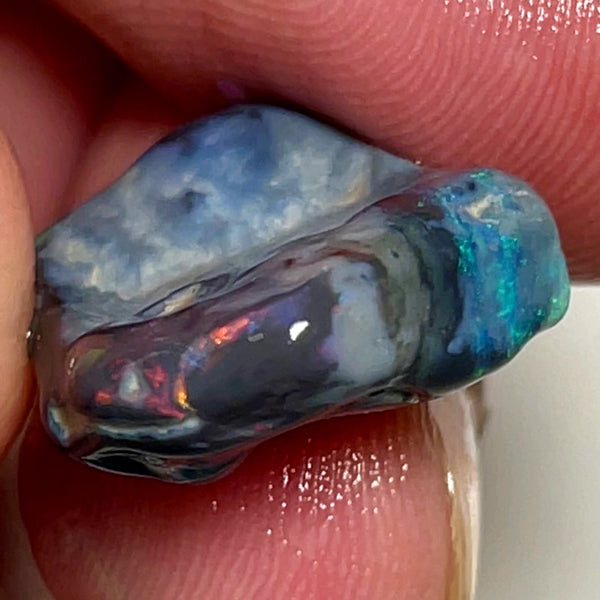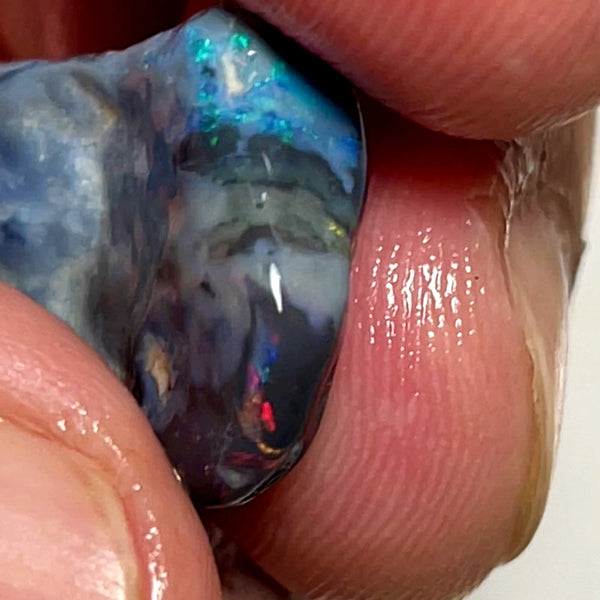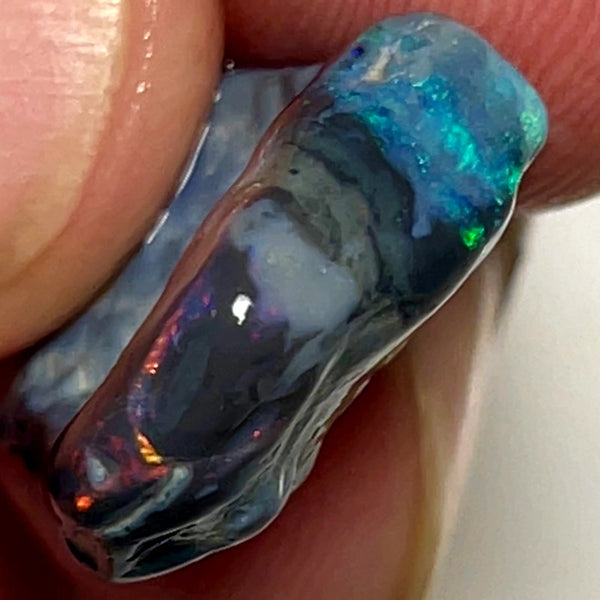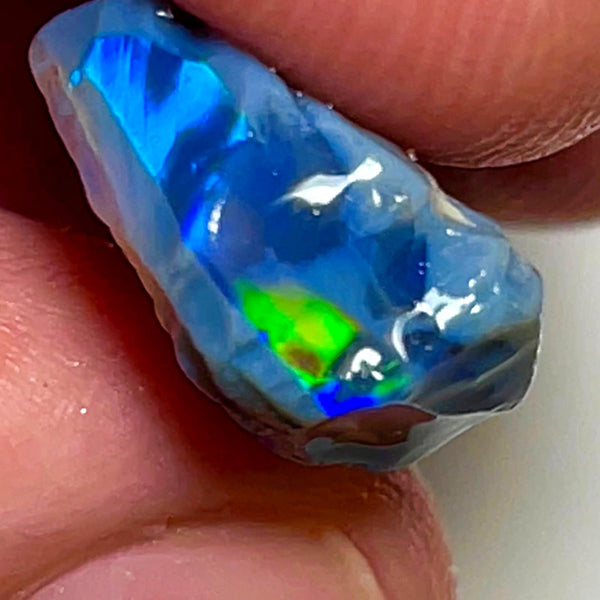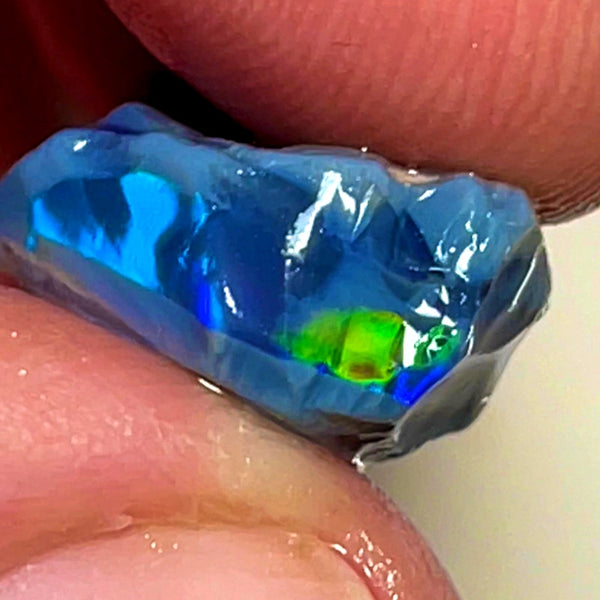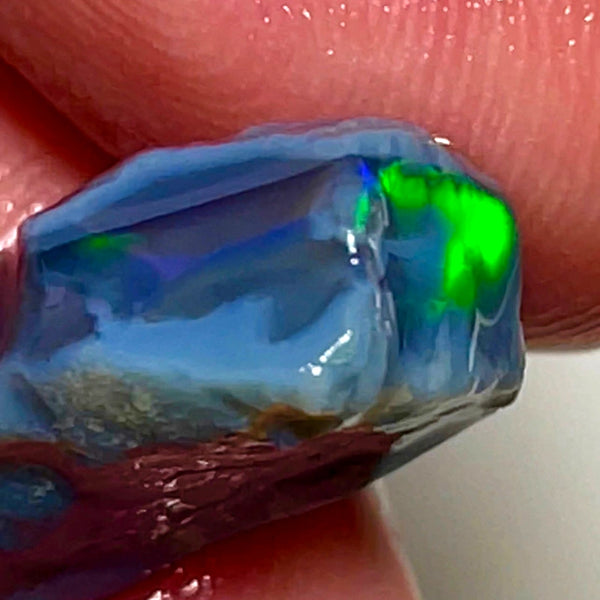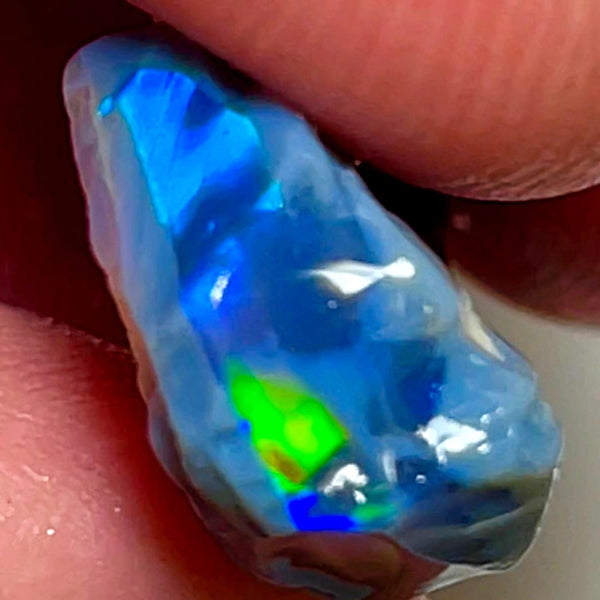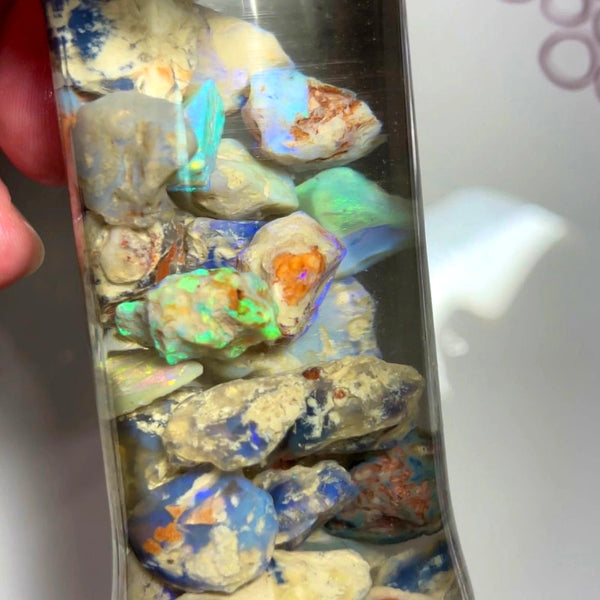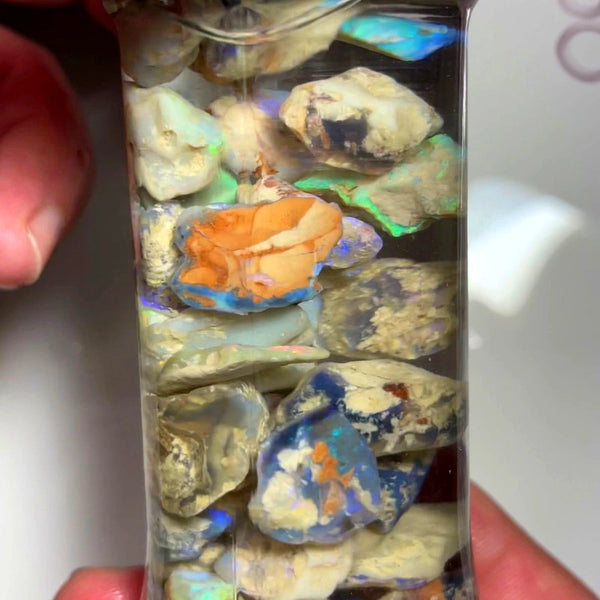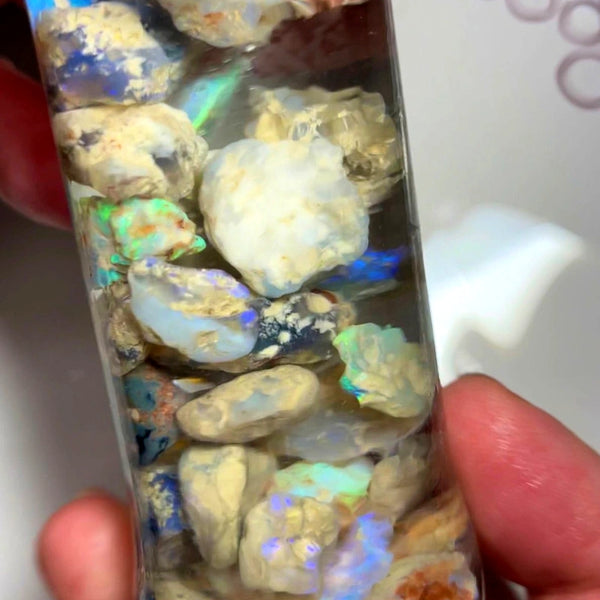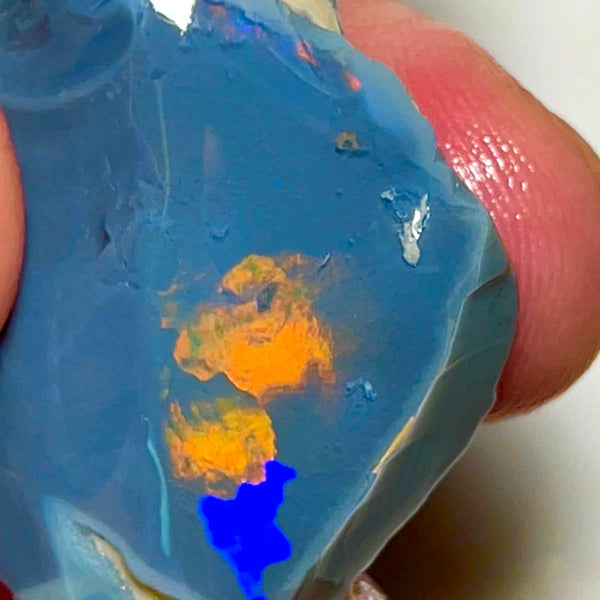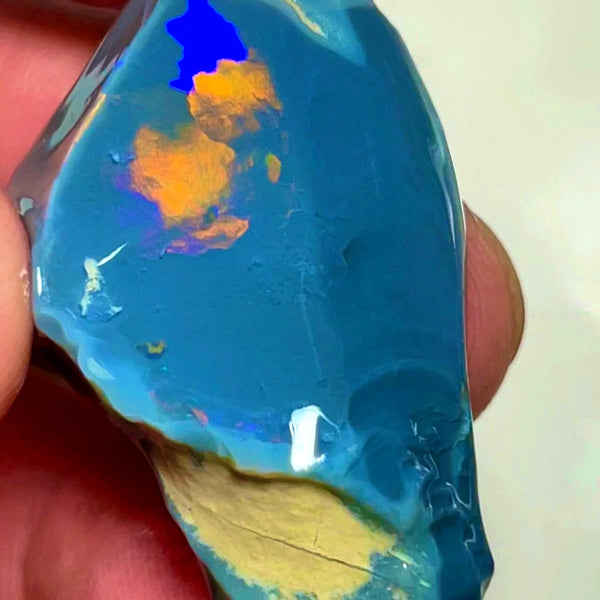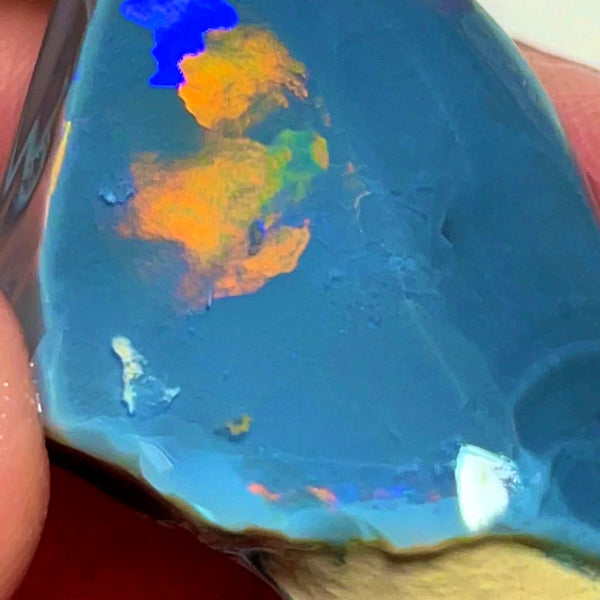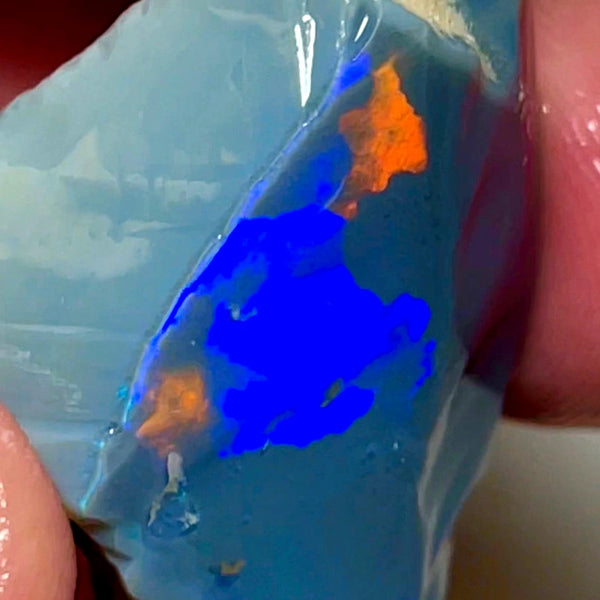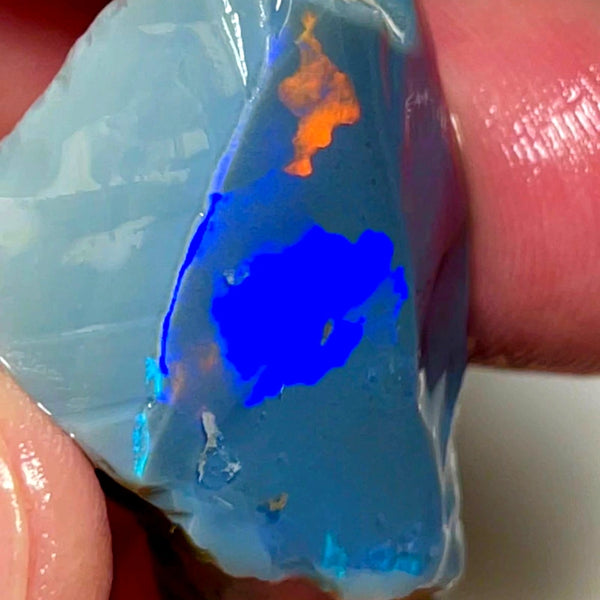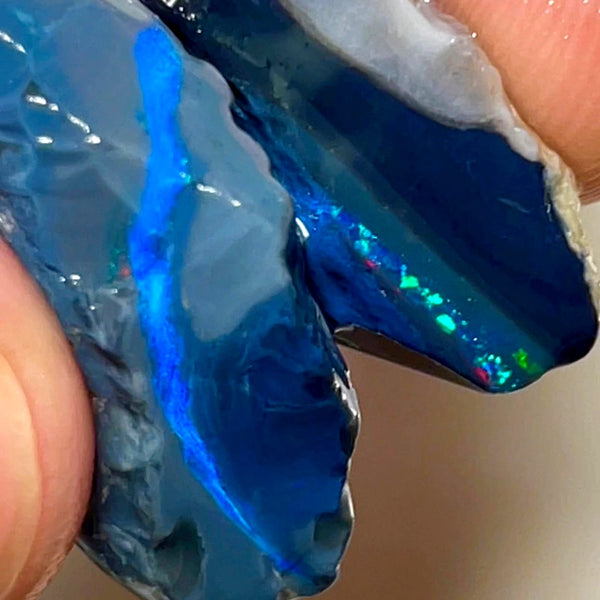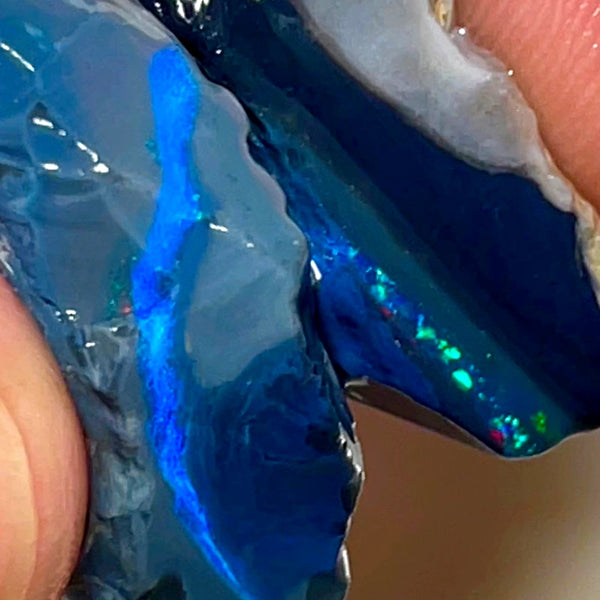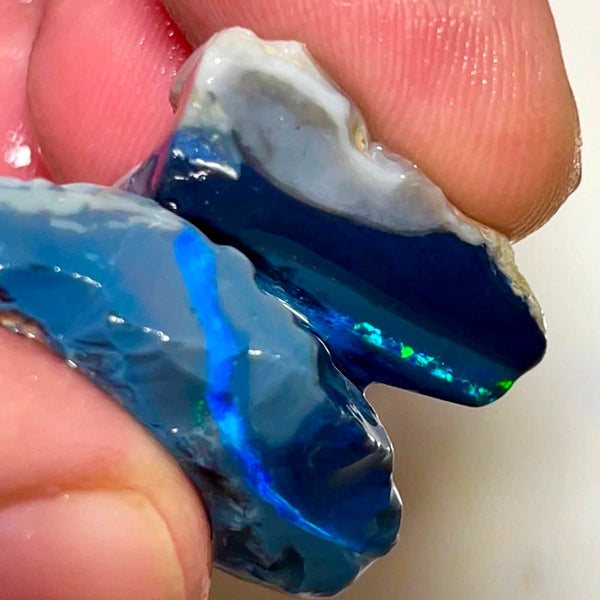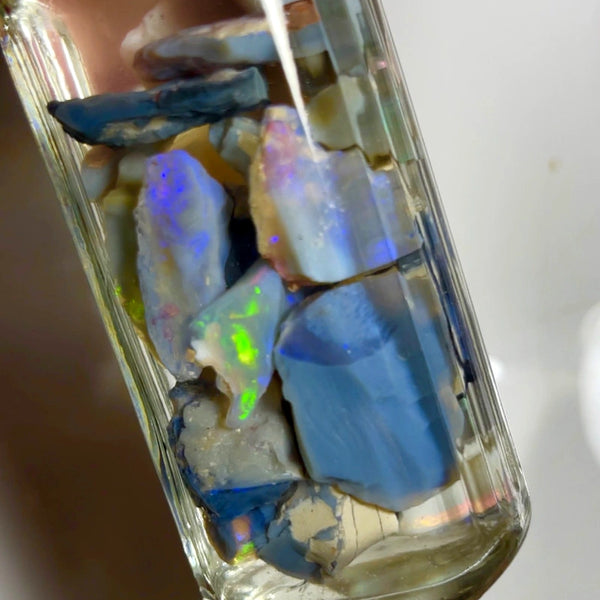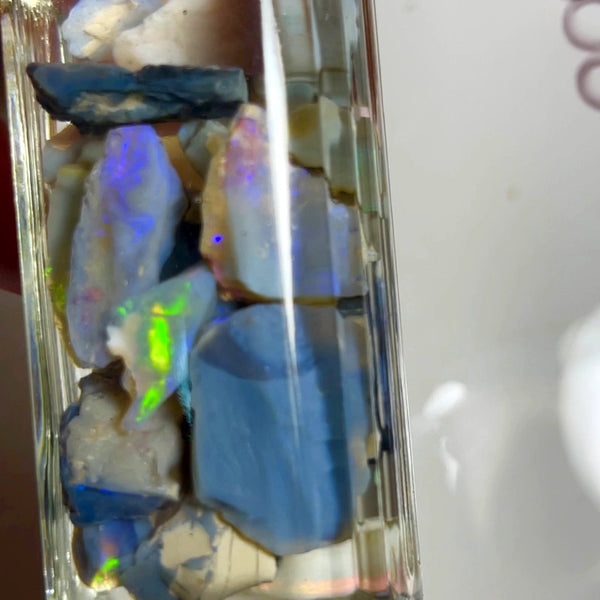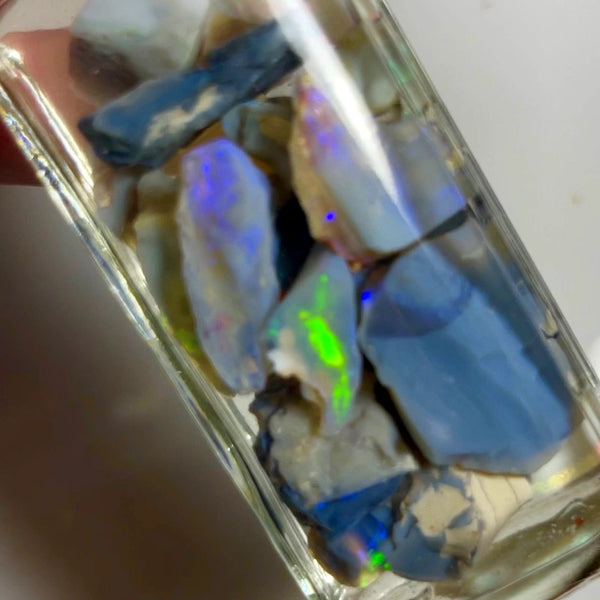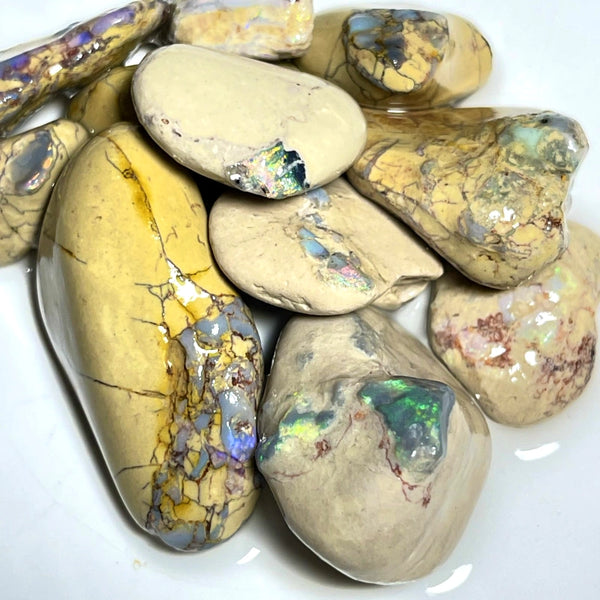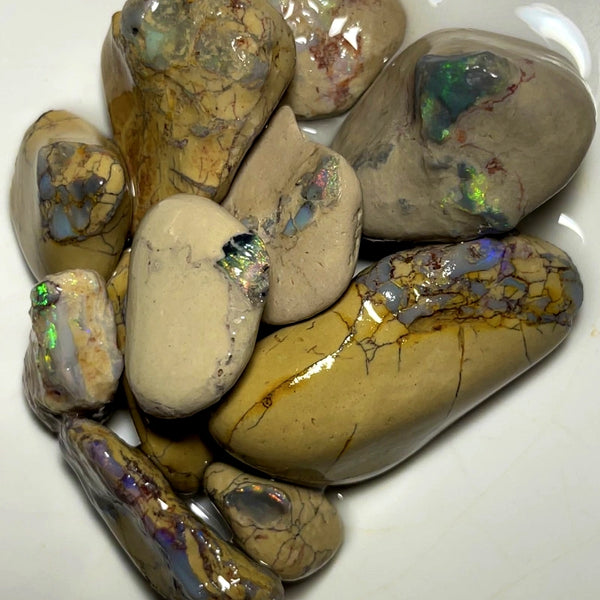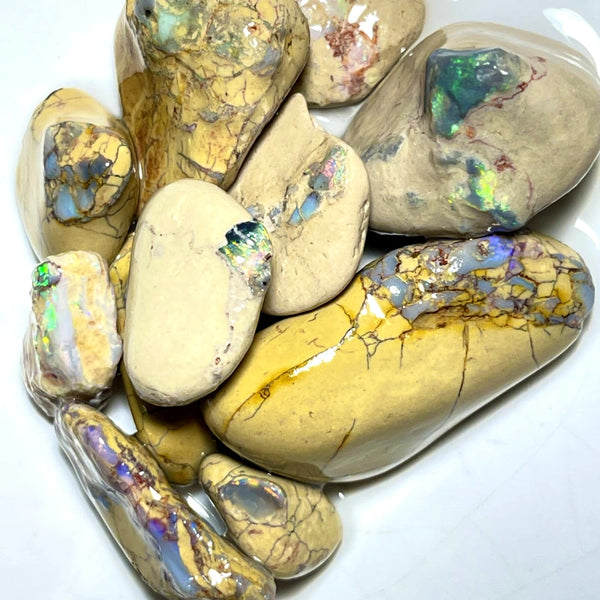Opal, with its mesmerizing play of colors, has captivated humans for centuries. Its unique beauty and rarity have made it a highly sought-after gemstone. While opal is commonly associated with Australia, did you know that the British Isles also have a rich history of opal mining? In this blog post, we will delve into the fascinating history of mining common opal in the British Isles and explore the geological factors that contribute to its formation.and also the various industrial applications of opal in the context of British history.
What is Common Opal?
Common opal, also known as potch, is a type of opal that lacks the vibrant play of colors seen in precious opal. Instead, it displays a milky or translucent appearance. Despite its lack of fire, common opal still possesses a unique beauty and is often used in jewelry.
Geological Formation
The formation of opal is closely tied to volcanic activity. In the British Isles, common opal is primarily found in areas with volcanic rocks, such as basalt and rhyolite. These volcanic rocks contain silica-rich solutions that, over time, seep into cracks and cavities. As the solutions evaporate, they leave behind deposits of silica, which eventually solidify into opal.
Ancient Mining
The mining of common opal in the British Isles dates back thousands of years. The ancient Romans were known to extract opal from various locations, including the Isle of Wight and the Mendip Hills in Somerset. They recognized the beauty of opal and used it for decorative purposes.
Revival in the 19th Century
Opal mining experienced a revival in the 19th century, particularly in the areas of White Cliffs in Kent and the Isle of Wight. Miners would excavate opal-bearing rocks and then carefully extract the opal using hand tools. The opal was then sold to jewelers and lapidaries who would fashion it into stunning pieces of jewelry.
Decline and Modern Mining
As the 20th century progressed, the mining of common opal in the British Isles declined. This was due to a combination of factors, including the depletion of easily accessible deposits and the availability of opal from other countries. However, there are still enthusiasts and small-scale miners who continue to search for opal in the British Isles today.
Opal in Glassmaking
One of the earliest industrial uses of opal in British history was in glassmaking. Opal glass, also known as milk glass, is a translucent or opaque glass with a milky white appearance. It gained popularity in the 19th century and was used to create decorative objects, tableware, and lampshades. Opal glass owes its distinctive color to the addition of opaline silica, derived from opal.
Opal in Ceramics
Opal has also found its way into the world of ceramics. In the 18th and 19th centuries, British potters began incorporating opaline glazes into their ceramic creations. These glazes, made by grinding opal into a fine powder, were applied to pottery and then fired in a kiln. The result was a lustrous, opalescent finish that added a touch of elegance to the ceramics.
Opal in Scientific Instruments
Opal's unique optical properties have made it valuable in the field of scientific instruments. In the 19th century, British scientists and inventors utilized opal in the construction of spectroscopes and microscopes. The opal lenses and prisms allowed for precise manipulation and analysis of light, enabling groundbreaking discoveries in various scientific disciplines.
Opal in Industrial Abrasives
Opal's hardness and abrasive properties have made it useful in industrial applications. In the past, opal was ground into a fine powder and used as an abrasive material for polishing and grinding. It was particularly effective in shaping and finishing metals, contributing to the development of British industries such as metalworking and jewelry making.
Opal in British Architecture
Opal's captivating beauty has also found its way into British architecture. In the late 19th and early 20th centuries, opal glass was used in the construction of stained glass windows in churches, cathedrals, and other grand buildings. The opalescent glass panels created a stunning visual effect when illuminated by sunlight, adding a touch of ethereal beauty to these architectural masterpieces.
Conclusion
The history of mining common opal in the British Isles is a testament to the enduring allure of this gemstone. From ancient Romans to modern-day enthusiasts, people have been captivated by the beauty of opal. While the mining industry may have declined, the legacy of opal mining in the British Isles lives on.
Opal's industrial uses have left an indelible mark on British history. From glassmaking and ceramics to scientific instruments and architecture, opal has contributed to the development of various industries and added a touch of elegance to British craftsmanship. Its versatility and unique optical properties continue to fascinate and inspire both artisans and scientists alike. So, the next time you admire a piece of opal jewelry, remember the rich history behind this captivating gemstone.



